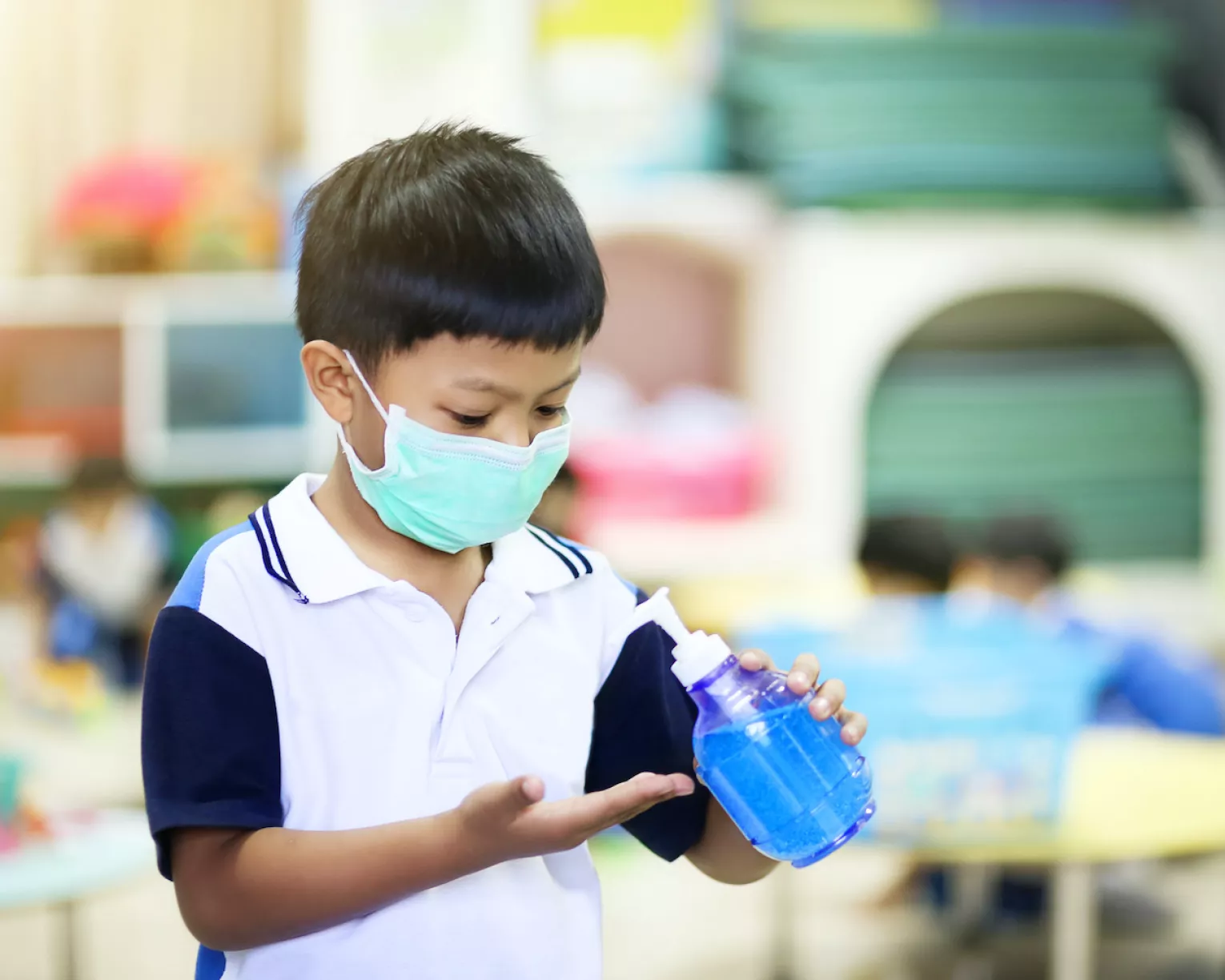ESTABLISH A VENTILATION PLAN.*
The ED Handbook calls for “conducting assessments or audits of existing ventilation systems” and “developing a ventilation improvement plan.“ Schools and school districts must establish plans, but educators also can play an important role in developing, monitoring, and adjusting plans—and in making sure needed ventilation improvements take place.
CHECK EXISTING CDC TOOLS FOR IMPROVING VENTILATION.*
CDC tools for improving ventilation in schools draw on the expertise of indoor air quality experts outside CDC. The National Education Association (NEA) has compiled many of the recommendations from CDC and other groups in its own report, Designing and Implementing a COVID-19 Indoor Air Quality Plan in Schools, which include:
- Bringing more outside air into indoor spaces;
- Improving air filtration;
- Using portable high-efficiency particulate air (HEPA) fan/filtration systems to help enhance air cleaning; and
- Using fans in a safe manner to draw in fresh air from open windows and doors.
OPTIMIZE VENTILATION FOR THE SPACE BEING USED.
Different indoor spaces may require different types of ventilation. High-risk areas—for example, nurses’ offices and isolation rooms—need special set-ups, like venting air directly outside. The ED Handbook also calls for optimizing ventilation when music and performing arts classes are held indoors.
For more information, review the CDC guidance and ED Handbook.
HOW TO CREATE SAFE, JUST & HEALTHY SCHOOLS
Ensuring our school communities are safe, just, and healthy places to learn not only protects us from the spread of COVID-19 but also helps us improve school conditions so that our students, educators, and staff—whether Black, brown, or white, Native or newcomer—can thrive. Together, we can advocate for the schools our students, educators, and communities deserve.
Creating healthy learning environments for the entire school community takes all of us doing our part but also requires policymakers to provide funding for necessary repairs—regardless of cost—to improve ventilation systems and the air breathed by students, educators, and staff.
Good ventilation in schools plays a key role in the health and well-being of students, educators, and staff. To ensure all schools have optimal ventilation, policymakers must address how race and other social factors can play into exacerbating indoor air quality problems in schools and prioritize improvements for those disenfranchised districts in greatest need.
NEA MEMBERS: ACT NOW
Coordinate with your local association to ensure collective bargaining agreements (CBAs) are followed or revisions are negotiated, as needed, to address timely ventilation improvements, including walk-throughs, reviews of plans, and monitoring of ventilation upgrades and ongoing functioning.
If you are not covered by a CBA, seek opportunities to work with school administrators to ensure steps outlined here are adopted. In either case, make sure that educators are included in the development, implementation, and review of COVID-19 responses.
Contact your state-elected officials and district leaders and demand that your school receives the necessary funding for health and safety materials.
Share this guidance with your fellow educators and school leaders.
*Based on CDC guidance and ED Handbook.
Join Our Movement


